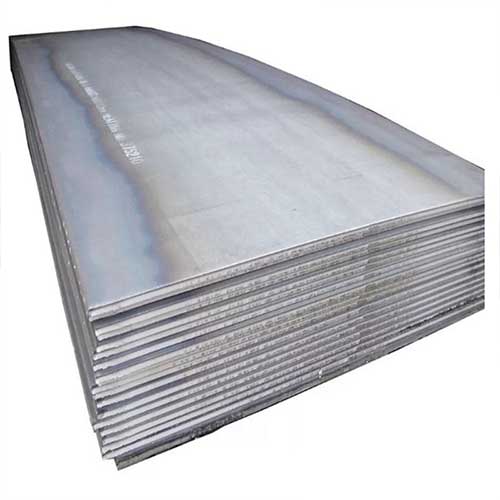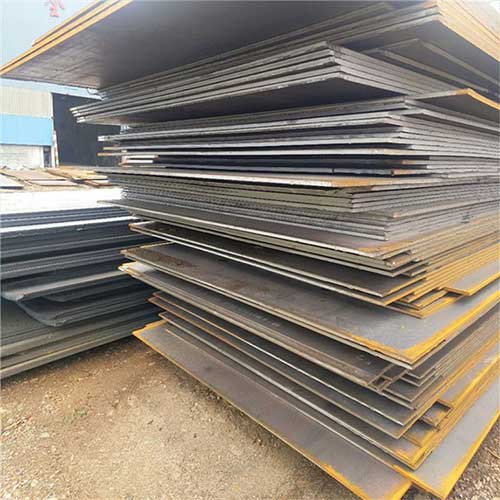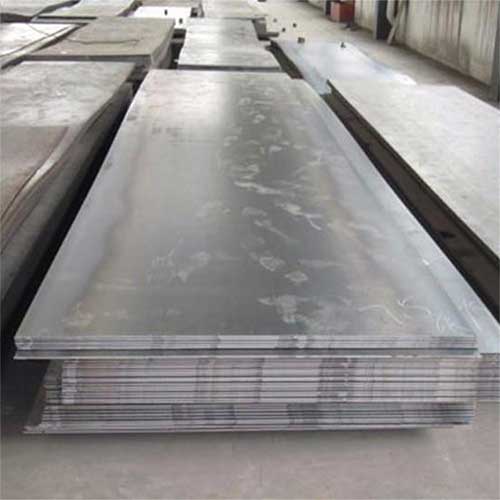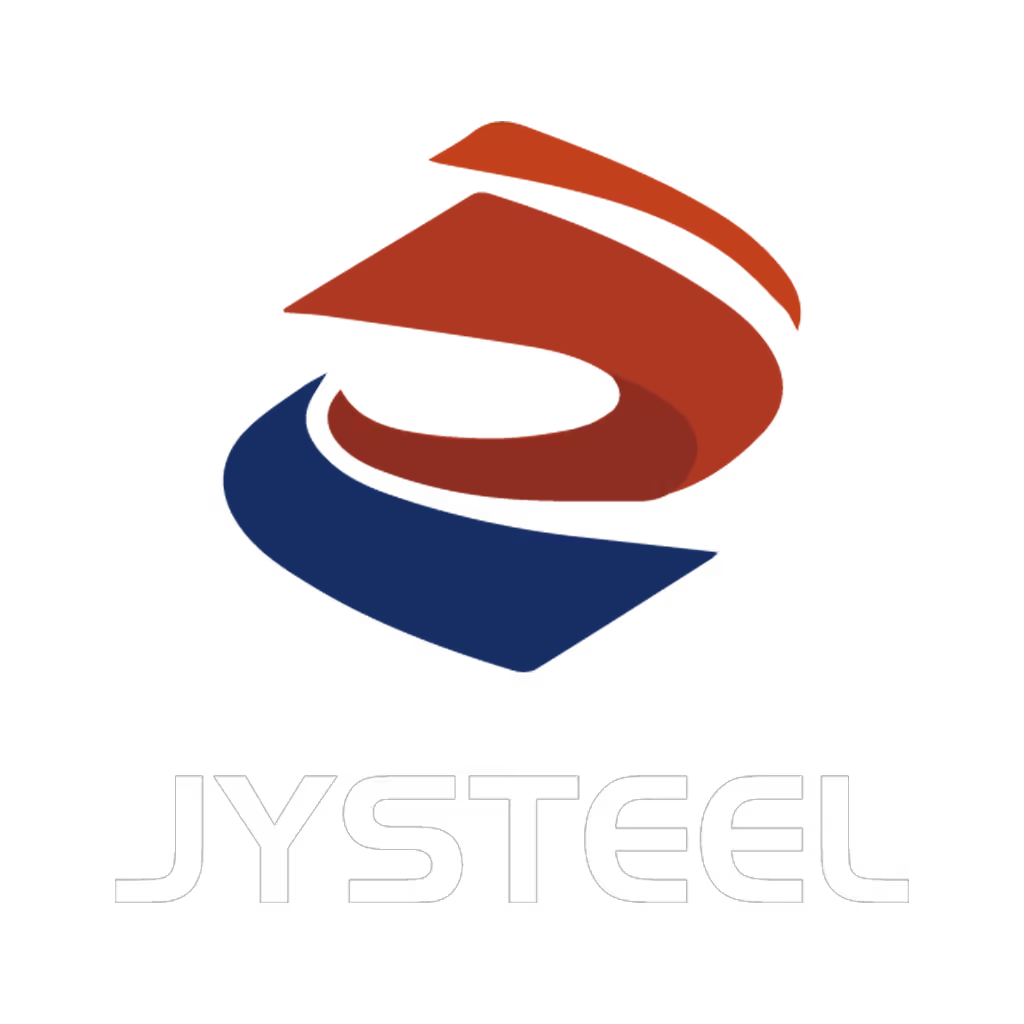Welcome to My Blog!
Before we dive into the content, I’d love for you to join me on my social media platforms where I share more insights, engage with the community, and post updates. Here’s how you can connect with me:
Facebook:https://www.facebook.com/profile.php?id=61565500692293
Now, let’s get started on our journey together. I hope you find the content here insightful, engaging, and valuable.
Table of Contents
Introduction
Have you ever wondered why some steel plates feel exceptionally tough yet brittle?
If you’re searching for material that offers unrivaled hardness, it’s time to explore high carbon steel plate. With carbon content typically between 0.6% and 1.0%, this type of steel delivers hardness, wear resistance, and strength—all at the expense of some ductility.
This guide explores why high carbon steel plate excels in hardness, how it compares to other steels, and how you can leverage it for your manufacturing, tooling, or structural projects.

What Defines a High Carbon Steel Plate?
High carbon steel plate contains significantly more carbon than mild or medium-carbon steels. This increased carbon enables much higher hardness after proper heat treatment. You’ll often find these plates used in heavy-duty applications—like wear-resistant surfaces, cutting tools, springs, and industrial blades—where hardness and abrasion resistance are critical. The trade-off is that higher carbon makes the plate harder to form or weld, and increases brittleness, so toughness is compromised. However, with precise heat treatment—quenching followed by tempering—the plate achieves a balance of wear resistance and functional durability.
Hardness Performance: Key Metrics
Hardness of high carbon steel plates is typically measured in Brinell (HB) or Rockwell C (HRC) scales. Typical ranges include:
| Property | Typical Range |
|---|---|
| Brinell Hardness | 120–400 HB |
| Rockwell C Hardness | Up to around 60–70 HRC |
| Tensile Strength | Often exceeds 1000 MPa after heat–treating |
| Wear Resistance | High carbon plate shows significantly longer lifespan in abrasive conditions |
Compared to ordinary carbon steel (<0.3% carbon), which ranges around 120–300 HB, high carbon steel plate reaches up to 400 HB—or even higher for abrasion-resistant grades. That’s unmatched durability for high-wear environments.
Why High Carbon Steel Plate Excels in Hardness
Carbon Content and Hardening
The primary reason high carbon steel plates achieve exceptional hardness is the high carbon content, which increases the formation of martensite during quenching. Martensitic microstructures are extremely hard but can be brittle—so tempering is added to increase toughness while retaining most hardness. The higher the carbon content, the easier it is to harden deeply and attain high hardness levels across the plate thickness.
Wear Resistance and Tool Life
In applications such as industrial tooling, stamping dies, and wear plates, high carbon steel plates dramatically improve service life. Machined edges and surfaces maintain functional characteristics for longer cycles—even under abrasive or sliding wear conditions—when compared with lower-carbon alternatives.
Stability Under Heat Treatment
With precise quenching and tempering protocols, high carbon steel plates can achieve consistent hardness across large plates—even in thick sections. This makes them suited to demanding applications where uniform hardness is essential for predictable performance.
Cost-Efficiency Over Lifecycle
Although high carbon steel plate is more expensive upfront—and requires careful heat treatment—the overall return on investment is high due to extended tool or part lifespan and reduced maintenance or replacement costs.
Heat Treatments That Maximize Hardness
To realize full hardness potential, high carbon steel plates typically undergo a two-step process:
- Quenching: Heating above critical temperature, followed by rapid cooling (water, oil, or air) forms a hard but brittle martensitic structure.
- Tempering: Reheating at controlled temperatures below transformation point reduces brittleness while preserving most of the hardness and improving fracture toughness.
Multiple tempering stages are sometimes used to refine carbide distribution, minimize internal stress, and achieve uniform mechanical properties.
Applications Where High Carbon Steel Plate Shines
Wear Plates and Abrasion-Resistant Linings
Ideal for use in mining chutes, crusher liners, or industrial surfaces where abrasive contact is constant. Plates labeled AR400 or AR450 combine high carbon with alloying elements for optimized wear resistance.
Springs and High-Stress Components
Steel plates used for leaf springs or tensioned components leverage high hardness while maintaining enough elasticity to return to shape. Carbon content above 0.6% is essential for these properties.
Knife and Tool Blanks
Cutting tools, chisels, and industrial blades require edge retention and hardness. High carbon steel plates offer sharp properties, though they require tempering to avoid chipping under impact.
Heavy Duty Structural Use
Although less common, high-carbon steel plate is used in applications where crushing or compressive wear is an issue—such as wear-resistant structural overlays.
Balancing Hardness and Toughness
High carbon steel plate delivers maximum hardness, but too much carbon or improper tempering can leave it brittle. That’s why material selection must consider:
- Thickness and size—larger pieces may require slower quenching or pre-heating
- Toughness requirements—e.g. if shock or impact resistance is needed
- Accessibility to precision heat treatment and tempering services
Comparison Table: Carbon Content vs. Hardness vs. Toughness
| Carbon Content (%) | Typical Hardness (HRC) | Typical Toughness | Primary Uses |
|---|---|---|---|
| 0.3–0.4 | Rockwell C ≤ 50 | High ductility | Medium strength components |
| 0.6–0.8 | 55–60 HRC | Moderate toughness | Cutting tools, leaf springs, wear plates |
| 0.8–1.0 | >60 HRC | Lower toughness | Specialty blades, high-impact wear surfaces |
| >1.0 (ultra) | >65 HRC | Very brittle if not tempered | Specialty knife blades |
Within the recommended carbon range, tempered plates can maintain sufficient toughness while offering hardness needed to resist wear or edge deformation.


Practical Recommendations for Selecting High Carbon Steel Plate
- Match carbon range (0.6–1.0%) to the application’s wear and strength needs
- Specify tight hardness range (Rockwell C or Brinell) and require mill-test certificates
- Confirm whether alloyed or abrasion‑resistant plate is needed (AR grades)
- Ensure access to qualified heat treatment and tempering services
- Understand trade-offs: ultra‑high hardness yields sharper wear resistance but sacrifices impact resilience
Conclusion
High carbon steel plate offers unmatched hardness and wear resistance when properly specified and treated. It’s the ideal choice for machining surfaces, wear components, spring applications, and cutting tools—where edge retention and durability outweigh flexibility. By understanding carbon content, heat treatment, and toughness balance, you can confidently specify high carbon steel that meets your performance needs.
If you’d like help selecting the right grade, defining treatment protocols, or sourcing high carbon steel plates tailored to hardness-critical applications, contact us today. Our materials experts specialize in high-performance steel solutions designed for longevity and precision.
FAQ
Is high carbon steel plate harder than low-carbon steel plate?
Yes. High carbon steel plates (0.6–1.0% C) achieve much higher hardness levels (up to 70 HRC) after quenching and tempering, compared to low-carbon (<0.3% C) which typically max out around 300 HB and are much softer.
Does higher carbon always mean better?
Not always. Past a certain point (>1.0% carbon), hardness increases but toughness and machinability decrease sharply. Precision tempering is critical to maintain usable properties.
How does tempering affect plate performance?
Tempering reduces brittleness while preserving a large portion of the gained hardness, improving shock resistance and preventing cracking.
Can I weld high carbon steel plate?
Welding requires great care. Preheating, controlled heat input, and post-weld tempering are necessary to avoid cracking or loss of hardness.
What hardness scale is best for this steel plate?
Rockwell C (HRC) is most common for hardness-critical applications. Brinell (HB) is used for larger surfaces. Specify your performance target clearly when ordering.

